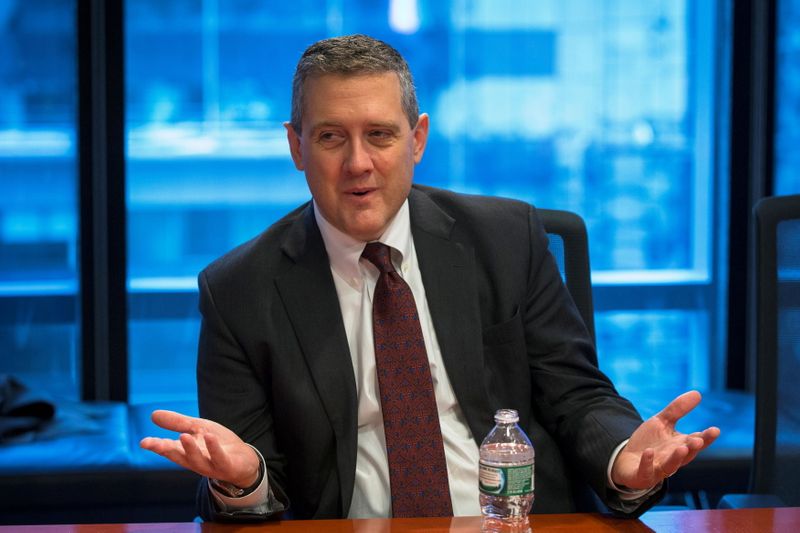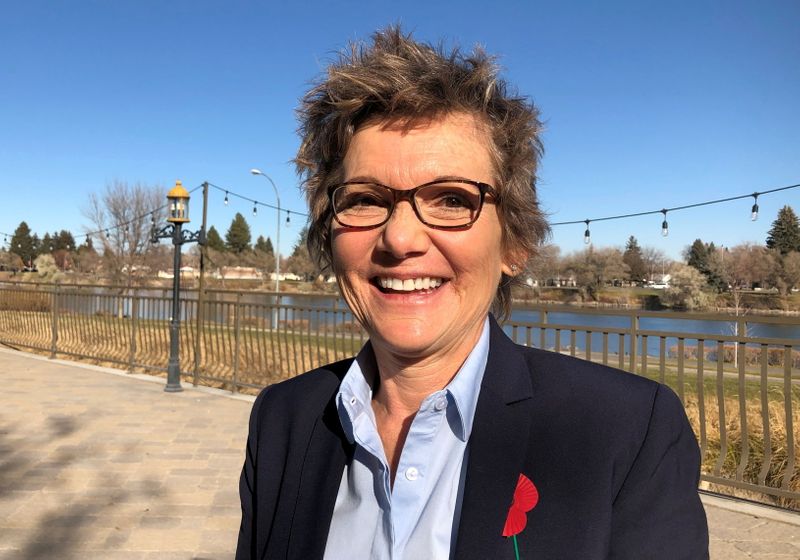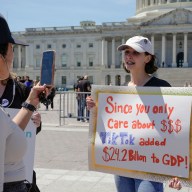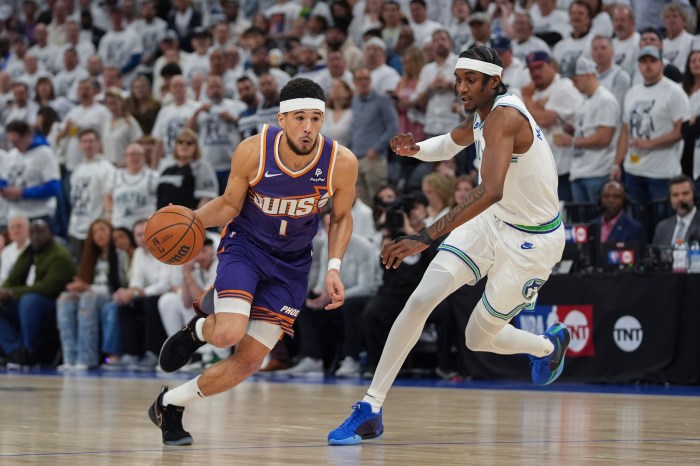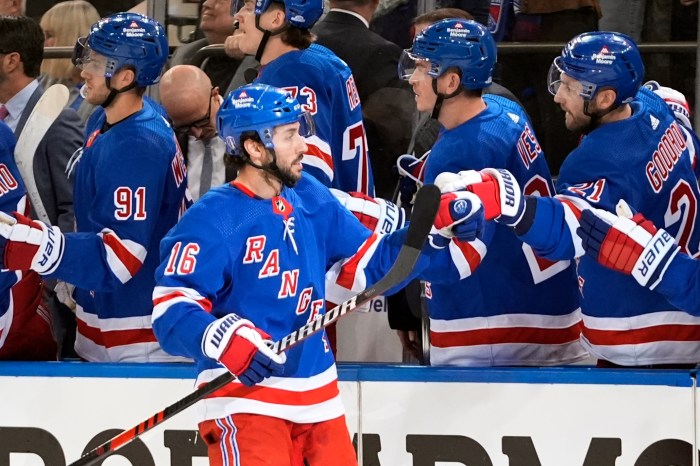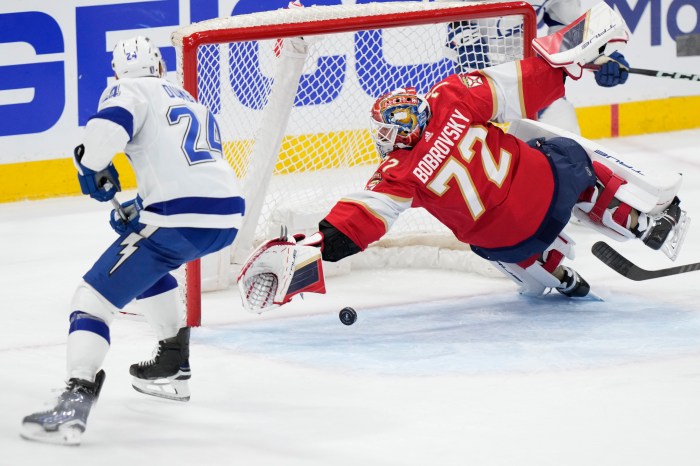By Ann Saphir and Jonnelle Marte
(Reuters) -Despite a broadly shared view that the U.S. labor market has healed enough to allow the Federal Reserve to start reducing its monthly bond purchases as soon as next month, policymakers are sharply divided over inflation and what they should do about it.
Views expressed just in the last 24 hours ranged from worried to sanguine. Some policymakers are convinced that once pandemic-disrupted supply chains get back up and running, price rises will calm back down on their own. Others see a broadening out of inflation pressures as evidence they may not unless the Fed does more to combat it.
The divisions point to difficult debates over Fed policy ahead, just as U.S. central bank leadership heads for a potentially epoch-changing makeover.
Fed Chair Jerome Powell’s four-year term ends in February, and U.S. President Joe Biden must soon decide whether to reappoint him or pick another leader. In addition, he will need to fill as many as three of the Fed Board’s other six seats, either now vacant or soon to be.
And two of the Fed’s 12 regional bank presidents recently departed their posts after a furore about the ethics https://www.reuters.com/article/usa-fed-ethics/exclusive-fed-bank-chiefs-in-letter-to-sen-warren-pledge-to-comply-with-ethics-review-idUSKBN2H42E4 of their personal investing strategies.
Both were among the Fed’s biggest advocates for an earlier reduction of Fed stimulus.
All that as the U.S. government reported that producer prices rose 8.6% in the 12 months through September https://www.reuters.com/business/us-weekly-jobless-claims-fall-sharply-last-week-producer-prices-increase-2021-10-14, the biggest year-on-year advance in nearly 11 years, and U.S. consumer prices shot up 5.4% over the same period. The reports also showed month-to-month gains slowing, suggesting COVID-driven price increases may already have peaked.
‘CONCERNING’
Speaking to a virtual gathering of the Euro50 Group on Thursday, St. Louis Fed President James Bullard described the inflation trend as “concerning.”
“While I do think there is some probability that this will naturally dissipate over the next six months, I wouldn’t say that’s such a strong case that we can count on that happening,” Bullard said, adding that he gives it about a 50% chance.
Bullard has been pushing for the Fed to start reducing its $120 billion in monthly purchases of Treasuries and mortgage-backed securities next month, and minutes from the U.S. central bank’s Sept. 21-22 policy meeting https://www.reuters.com/business/patient-or-aggressive-fed-policymakers-split-inflation-response-2021-10-13 show policymakers are generally in support of doing so, with plans to wrap up the process by the middle of 2022.
Bullard, however, wants to end the bond purchases by the first quarter of 2022 to allow the Fed to raise interest rates as soon as the spring if inflation remains uncomfortably high.
The Fed has promised to keep its benchmark overnight lending rate at the current near-zero level until the economy reaches full employment, and inflation has not only reached its 2% goal but is on track to stay modestly above that level for some time.
The central bank set those parameters when inflation had been running below 2% for years, and the challenge was seen as lifting it up rather than tamping it down.
But now, the opposite problem may be emerging, as pent-up consumer demand fuels spending in a reopening economy and businesses, hobbled by supply bottlenecks, struggle to keep up.
In an address late on Wednesday to South Dakota State University, Fed Governor Michelle Bowman sounded the alarm on inflation and her worries that easy monetary policy is helping to feed high prices as well as possible asset bubbles. Bowman also urged a start to the bond-buying “taper” next month.
But others have a different view of the situation.
San Francisco Fed President Mary Daly, one of the central bank’s most dovish policymakers, told CNN International on Thursday that inflation isn’t tied to monetary policy at this juncture and that tightening policy is unlikely to do much to bring it down.
Daly said rising prices are “going to last as long as COVID is with us” because they are driven by supply-chain bottlenecks caused by pandemic-related disruptions, and that inflation would subside once the pandemic did.
“It is premature to start talking about rate increases,” Daly said.
Several of her colleagues, however, do continue to do so.
Philadelphia Fed President Patrick Harker told the Prosperity Caucus in Washington, D.C. that he doesn’t expect any interest rate increases “until late next year or early 2023, unless the inflation picture changes dramatically.”
Speaking to the Forecasters Club of New York, Richmond Fed President Thomas Barkin made clear that he isn’t yet convinced on which way inflation will go.
And he said he’s not sure whether labor supply constraints, which are pushing up wages and could feed into higher prices, are going to ease as more people return to the workforce, or if many of the 5 million who have left have done so permanently.
“I’m not one of the those people who feels the need to make the declaration” about whether inflation is transitory or not, he said. But by tapering asset purchases, he said, the Fed buys itself time to figure it out.
(Reporting by Ann Saphir and Jonnelle MarteEditing by Paul Simao and Diane Craft)

